The macOS creative community has been searching for a worthy successor to Quartz Composer ever since Apple deprecated it, and Anton Marini is answering that call with the ambitious Fabric Project—a constellation of modern, open-source tools built on Metal that promises to revive the golden era of node-based visual creation on Apple platforms [10][11][12].
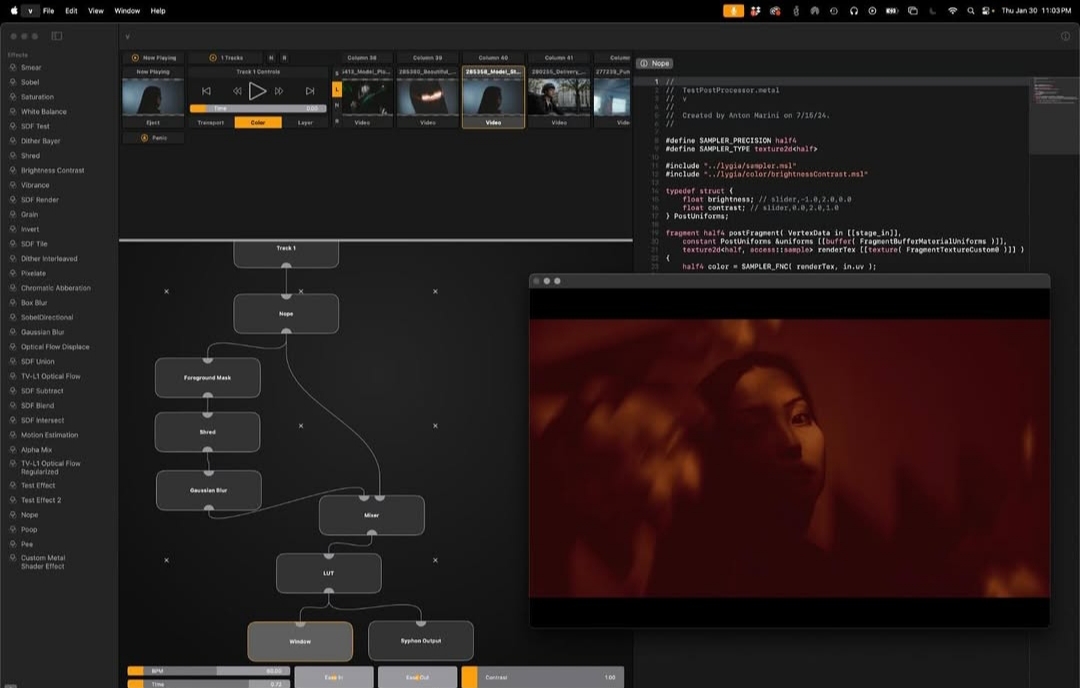
Filling the Void Left by Quartz Composer
For over a decade, Quartz Composer was the beating heart of creative coding on macOS, empowering VJs, visual artists, and multimedia creators to build interactive compositions through an intuitive node-based interface [13][14]. When Apple deprecated QC in macOS Catalina due to its reliance on the now-obsolete OpenGL framework, it left a painful gap in the creative toolchain [13][15]. VDMX recently announced they're officially phasing out Quartz Composer support due to mounting instability from OpenGL-to-Metal bridge issues, making the need for a modern replacement more urgent than ever [13][14].
While Vuo.org has admirably stepped in to fill the Quartz Composer void with a commercial node-based environment that shares many similarities, the Fabric Project represents a distinctly different philosophical approach [1][3][7]. Where Vuo is a polished commercial product built by the team behind the popular Kineme plugins with user-driven development priorities and professional support services, Fabric emerges from a more personal, experimental ethos [4][7]. This is Anton's vision as an artist and tool-maker—open source at its core, Metal-native from day one, and rooted in the hacker spirit of creative exploration rather than commercial sustainability [10][12].
Enter Anton Marini—better known in the creative tech community as vade—a veteran VJ, creative technologist, and former Quartz Composer power user who understands exactly what the community needs [16][12]. Having worked extensively with visual programming environments and developed plugins for Quartz Composer himself, Anton brings both technical expertise and lived experience to this challenge [11][12].
The Three Pillars of the Fabric Project
https://fabric-project.github.io/
Satin: The Foundation
At the heart of the Fabric Project lies Satin, a production-ready 3D graphics framework built on Apple's Metal API, created by Reza Ali [17][18]. Inspired by the elegance of Three.js, Satin provides a comprehensive foundation that includes materials, shaders, geometry systems, and a complete scene graph architecture [17][19]. The framework supports modern rendering techniques including physically-based rendering (PBR), real-time shadows, tessellation, and even ray tracing—bringing cutting-edge graphics capabilities to Apple platforms [17].
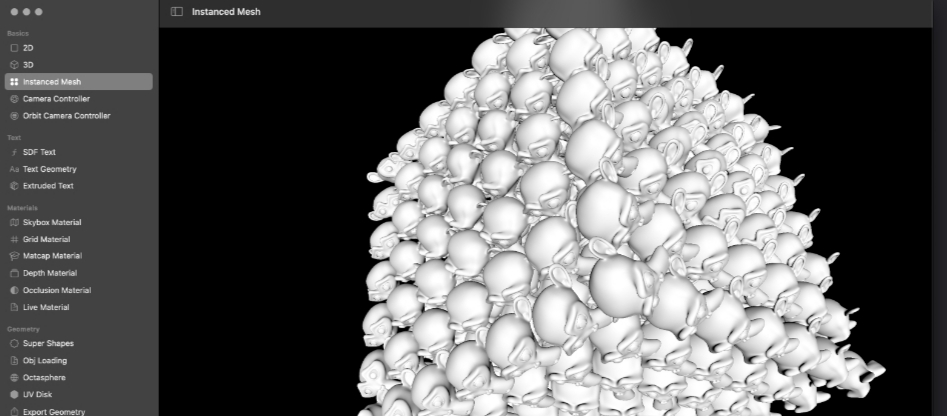
Satin was born from real-world production needs, initially developed for Intel Studios to efficiently render massive point cloud datasets on iOS devices at 60fps without overheating [18]. This performance-first approach means the framework is battle-tested and optimized for real-time creative work [18]. While Reza can no longer continue active development due to professional obligations, Anton has stepped up to carry the torch forward and build upon these solid foundations [11][12].
Fabric: The Creative Environment
Fabric is Anton's answer to the node-based editor that the community has been craving—a modern reimagining of Quartz Composer built entirely in Metal, Swift, and SwiftUI [12]. This isn't just a nostalgic recreation; it's a thoughtful evolution that addresses what made QC special while embracing contemporary development practices and Apple's modern frameworks [11][12].
The editor features everything you'd expect from a professional visual programming environment: mesh, material, geometry, camera, and lighting nodes that connect intuitively to build complex visual systems [12]. It supports PBR shading with proper lighting and shadows, post-processing effects, image processing pipelines, shader loading, and 3D model import [12]. The node-based workflow operates on an efficient pull-based system where nodes request data from connected parent nodes each frame, with intelligent dirty/clean marking to optimize performance [11].
What makes Fabric particularly exciting is its cross-platform capability—the engine runs on macOS, iOS, iPadOS, tvOS, and even visionOS, opening up possibilities far beyond what Quartz Composer could achieve [12]. The editor itself is macOS-focused, providing the desktop-class workflow that power users demand, while the runtime engine can deploy compositions across the entire Apple ecosystem [12].
Fabric also introduces an interchange format for saving compositions and an embeddable SDK that allows developers to load and render Fabric documents in their own applications [10]. This means VJ software, live performance tools, interactive installations, and custom applications can all leverage Fabric compositions, creating an ecosystem similar to what existed with Quartz Composer plugins and patches [10].
Velvet: Experimental Live Coding
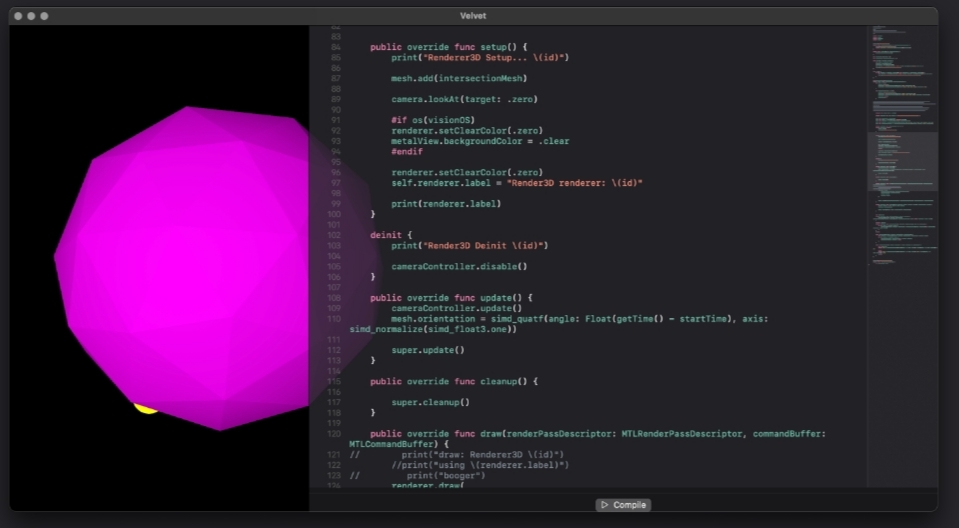
For those who prefer code to nodes, Velvet offers something truly unique—an experimental live coding environment written in Swift that takes inspiration from Processing [10]. Velvet allows artists and developers to write Satin code and see it compile and hot-load in real-time, bridging the gap between traditional programming and immediate visual feedback [10].
This live coding approach is particularly valuable for performance contexts, shader development, and rapid prototyping where the immediacy of seeing code changes reflected instantly can unlock creative workflows that would be impossible with traditional compile-test-debug cycles [10].
Why This Matters for the macOS Creative Community
Native Metal Performance
By building exclusively on Metal rather than trying to maintain legacy OpenGL compatibility, the Fabric Project delivers the high-performance, low-latency graphics that real-time visual work demands [11][12]. Metal's direct hardware access and modern shader capabilities enable techniques that simply weren't possible in Quartz Composer's aging OpenGL foundation [13][17].
Open Source and Community-Driven
Unlike proprietary solutions, the Fabric Project embraces open-source development, inviting the community to contribute, extend, and shape its evolution [11][12]. Anton is actively seeking to build a community of developers and users who can help maintain and expand the project [10][11]. This collaborative approach means the toolset can grow organically to meet the actual needs of working artists and developers rather than being locked to a single company's roadmap [11].
Professional Yet Accessible
Anton's vision strikes a careful balance between being approachable for creative exploration while meeting professional production requirements [11]. The no-code node-based environment lowers the barrier to entry for designers and artists, while the underlying Satin framework provides the depth and extensibility that technical developers need [10][11]. This dual-level approach means beginners can create compelling work immediately while experts can dive deep into custom shader code and advanced rendering techniques [11][12].
A Platform for Experimentation
The Fabric Project explicitly aims to "bring back an era of high quality, performant and experimental software to the Apple platforms as first class citizens" [10]. This mission statement resonates deeply with anyone who remembers the creative renaissance that Quartz Composer enabled—when VJs, interaction designers, and digital artists had powerful native tools that felt like they were designed specifically for creative exploration [10][13].
The Road Ahead
While Anton describes Fabric as "work in progress," the project is already "relatively capable today" and ready for early adopters to explore [12]. The foundation is solid, the vision is clear, and the development is active [20][12]. Recent updates show Anton optimizing graph evaluation performance and continuing to refine the core engine [20].
For anyone who remembers the joy of patching together visual systems in Quartz Composer, experimenting with generative graphics in VDMX, or building interactive installations with node-based tools, the Fabric Project represents genuine hope [11][13][12]. It's not trying to be a commercial product with flashy marketing—it's a passionate, technically excellent effort to give the creative community the tools they deserve [10][12].
Getting Involved
The Fabric Project is actively looking for community members to contribute, test, and help shape its future [10][11][12]. Whether you're a former Quartz Composer user with ideas about workflow, a Metal developer who can contribute code, or an artist eager to push the boundaries of what's possible, your input is welcome [12]. You can explore the project at fabric-project.github.io and connect with Anton and other community members to be part of rebuilding the creative graphics ecosystem on Apple platforms [10][12].
https://fabric-project.github.io/
The golden age of creative coding on macOS isn't just a memory—thanks to Anton Marini and the Fabric Project, it's being reborn for a new generation [10][12].
Citations:
[1] Looking for an alternative to Quartz Composer? https://vuo.org/qc
[2] alternative for mac? : r/quartzcomposer https://www.reddit.com/r/quartzcomposer/comments/lh5ixw/alternative_for_mac/
[3] Vuo and other visual programming languages https://vuo.org/taxonomy/term/83
[4] Looking for an alternative to Quartz Composer? https://www.youtube.com/watch?v=upO-3yTYPb4
[5] VDMX and Vuo https://docs.vidvox.net/vdmx/vdmx_vuo
[6] Converting from Quartz Composer - Discussions https://community.vuo.org/t/converting-from-quartz-composer/6293
[7] Looking for an alternative to Quartz Composer? - Tutorials https://community.vuo.org/t/looking-for-an-alternative-to-quartz-composer/4783
[8] Alternative for Quartz Composer - Resolume Forum https://resolume.com/forum/viewtopic.php?t=14971
[9] How does Vuo compare to other creative coding ... https://vuo.org/compare
[10] Anton Marini (@_vade) / X https://x.com/_vade
[11] Fabric - A Node based Metal Realtime engine inspired by ... https://www.reddit.com/r/GraphicsProgramming/comments/1khcowt/fabric_a_node_based_metal_realtime_engine/
[12] Anton Marini's Post https://www.linkedin.com/posts/antonmarini_github-fabric-projectfabric-node-based-activity-7378820328451624960-ljw1
[13] Sunsetting Quartz Composer in VDMX6 https://vdmx.vidvox.net/blog/sunsetting-quartz-composer-in-vdmx6
[14] Quartz Composer — Blog - VDMX - MAC VJ SOFTWARE https://vdmx.vidvox.net/blog/tag/Quartz+Composer
[15] Quartz Composer https://en.wikipedia.org/wiki/Quartz_Composer
[16] Interview: Anton Marini on Visual Expression, Exploring ... https://cdm.link/interview-anton-marini-on-visual-expression-exploring-glitch-open-community/
[17] Spring 2021 #OSSTA Lecture: Reza Ali http://opentranscripts.org/transcript/spring-2021-ossta-lecture-reza-ali/
[18] Intel Studios — Real-time Point Cloud Rendering https://www.syedrezaali.com/intel-studios
[19] GitHub - Hi-Rez/Satin: A 3D Graphics Framework built on ... https://github.com/Hi-Rez/Satin
[20] Optimized Swift code for graph evaluation with Instruments https://www.linkedin.com/posts/antonmarini_swift-optimization-programming-activity-7383538316492636160--n_U
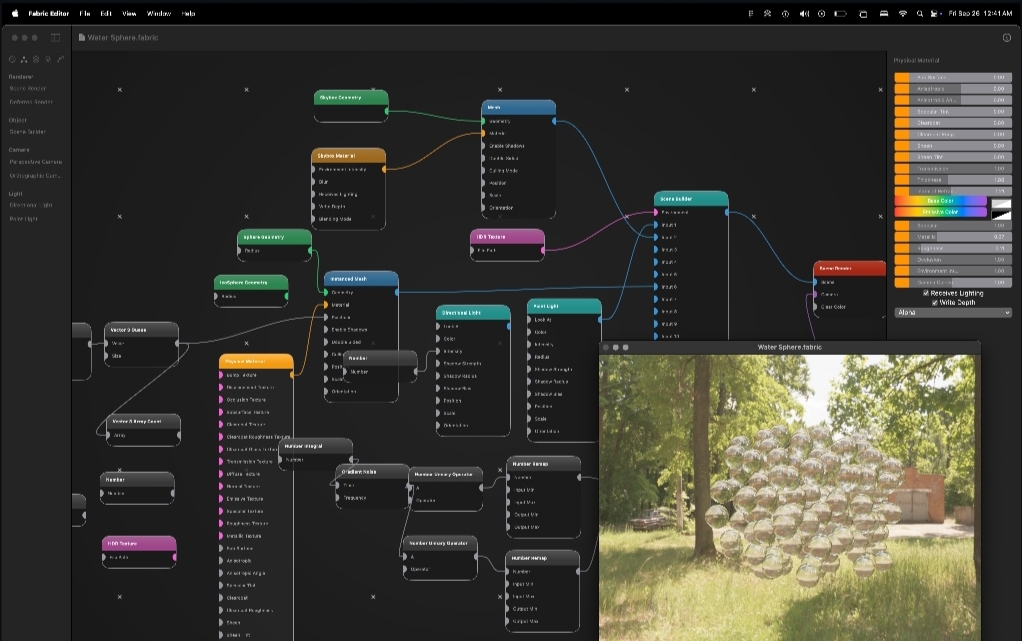
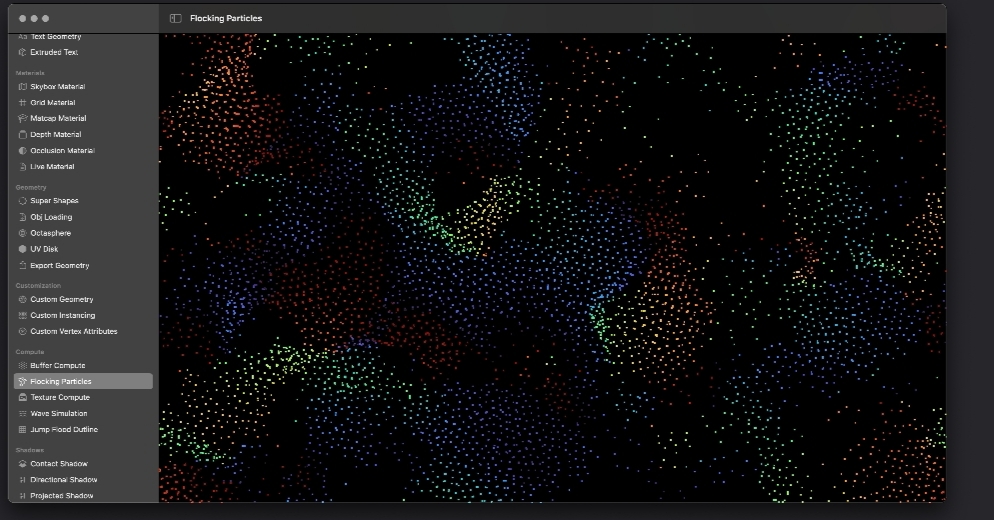
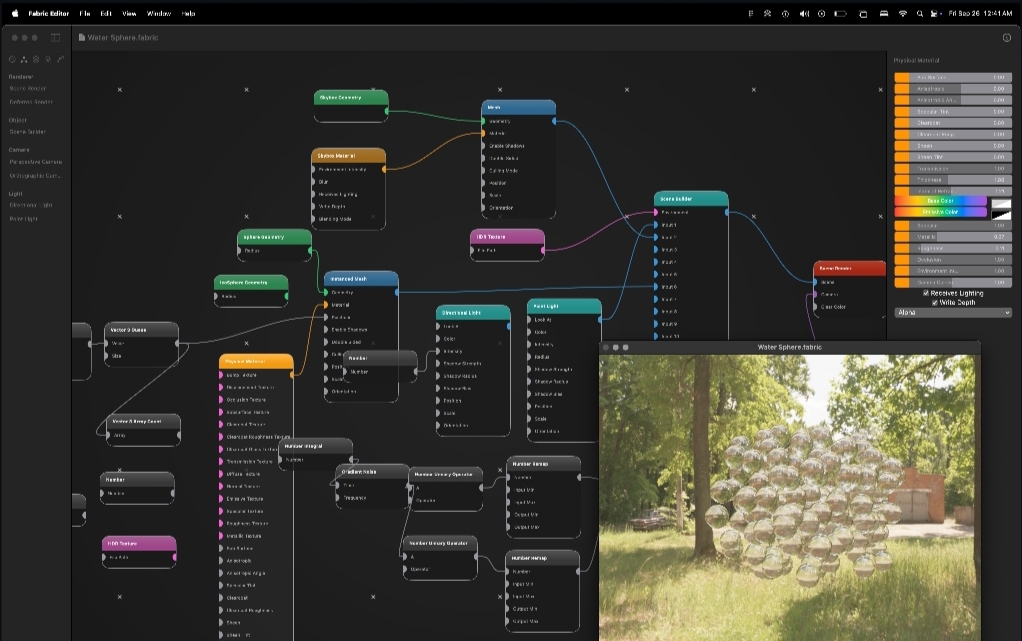



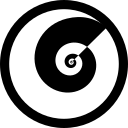
Discussion (0)